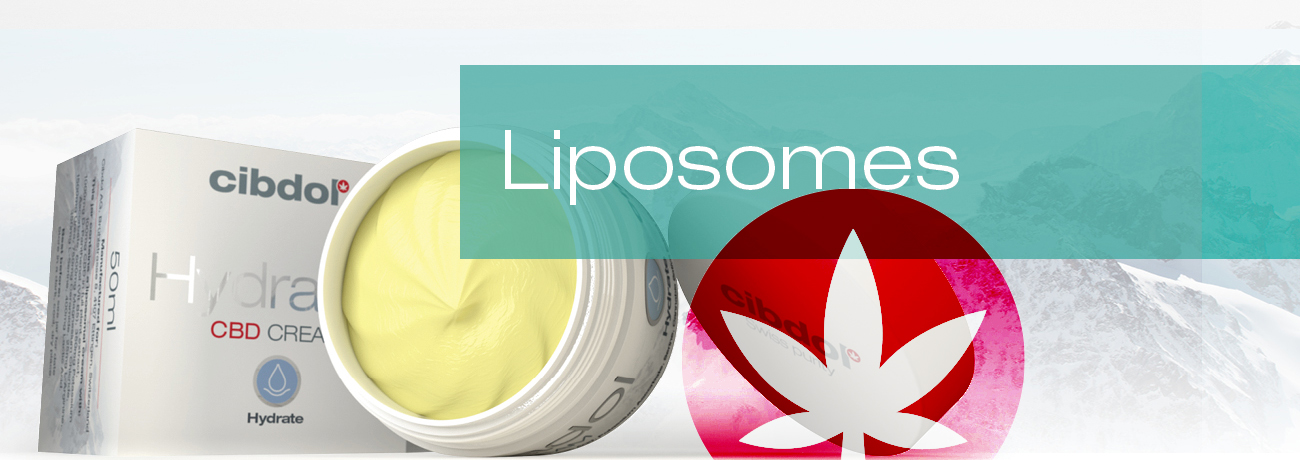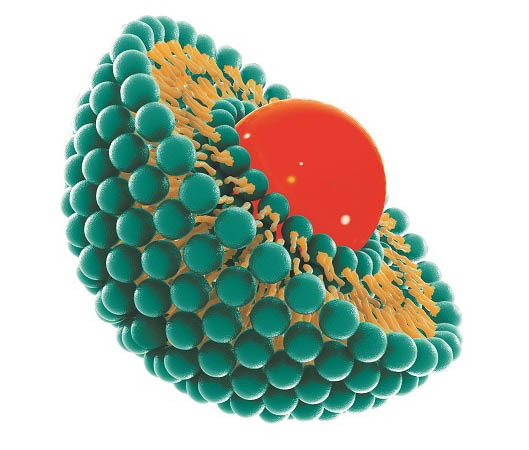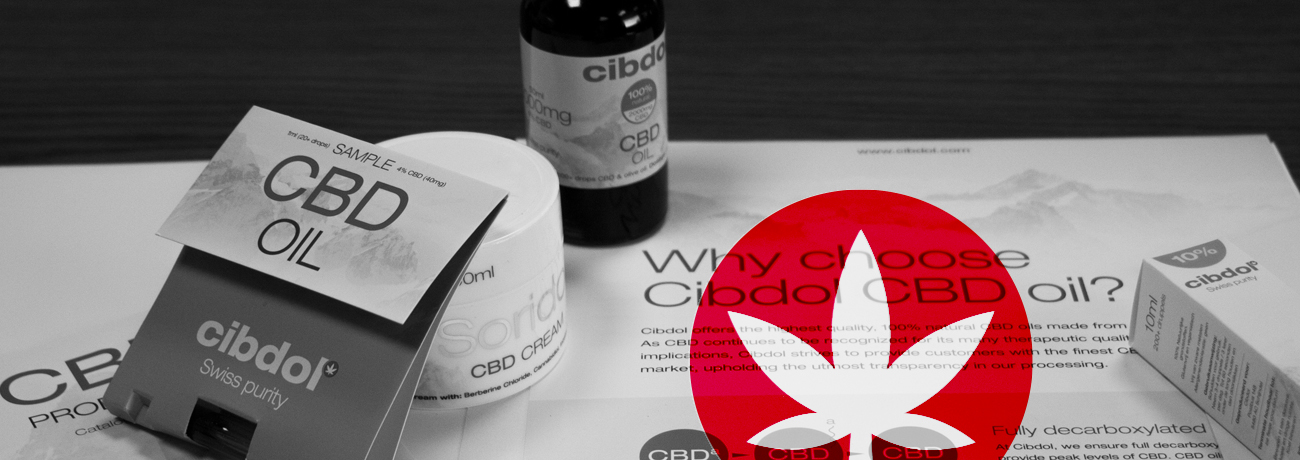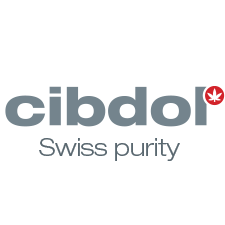What are liposomes and why does Cibdol use them?
Last updated:
Published:

The newest breakthrough in dietary supplements measures so small, it cannot be seen with the naked eye. Make no mistake, liposomes have capabilities extending far beyond their size. First described by Dr. Alec D. Bangham in 1964, Liposomes have been utilized by the pharmaceutical industry as a means to safely deliver drugs into the body with greater efficacy.
As a powerful addition to four new Cibdol CBD creams and one liquid supplement, liposomes revolutionize the act of transporting active ingredients to human cells. As one of the safest, most efficient methods of protection, liposomes and CBD are an unstoppable pairing.
WHAT ARE LIPOSOMES?

Liposomes are small vesicles made up of one or more lipid bilayers. Most liposomes contain an aqueous core and are both hydrophilic and hydrophobic in nature. With a head attracted to water and a tail repelled, a bilayer is created when the hydrocarbon tails of the phospholipids face each other. When disrupted, the phospholipids reassemble and become liposomes. This amphipathic structure allows liposomes to maintain protective capabilities, formulating the basis for their use in food science and medicine.
Rarely do liposomes exist naturally or occur spontaneously. For most market uses, liposomes are manually prepared to maximize their protective capabilities to administer nutrients or drugs. In lay terms, liposomes are tiny “bubbles” which carry ingredients past membranes into the bloodstream without damaging the contents.
WHY ARE THEY IMPORTANT IN SUPPLEMENTAL FORMULATIONS?
Dietary supplements formulated with liposomes are tailored to encapsulate active ingredients such as antioxidants. The structural capacity of the liposome ensures the ingredients’ safe arrival to cells, without impeding their functionality. Therefore, manufacturers can optimize the liposome to release ingredients in specified areas of the body for the most potent outcomes.
Liposomes are biodegradable and biocompatible, making them one of the safest modes of transporting active ingredients to human subjects. Liposomes’ low toxicity level assists in maintaining the integrity of all-natural supplements. To encourage greater results from supplemental formulations, liposomes allow active ingredients to reach designated cells in higher concentrations. At the same time, liposomes facilitate a slower rate of metabolization, which heightens the wholesome benefits of the ingredients being transported.
NEWEST LIPOSOMAL CREAMS FROM CIBDOL
Cibdol has released four groundbreaking new CBD Creams enhanced with a liposomal method of delivery - Aczedol, Hydradol, Soridol and Zemadol. As a key part of each cream, liposomes are employed to bring CBD and other active ingredients deep into the skin to administer a nourishing course of benefits. Every cream is uniquely formulated to nurture normal to dry skin and certain skin conditions. Liposomes help to rejuvenate the skin by boosting the potential of the creams’ powerful, all-natural ingredients.

Liposomes are also key in Cibdol’s first liposomal liquid, Meladol. Active ingredients CBD and melatonin work together to shorten the time it takes for you to fall asleep and encourage a more structured rest! Liposomes allow for maximum bioavailability of Meladol so consumers can fall asleep faster and stay asleep.
With this new lineup of impressive liposomal creams, we at Cibdol are excited to keep paving the way with better, more efficient CBD products.
LIPOSOME PREPARATION
There are a number of methods for agitating phospholipids into liposomes for medical and supplemental applications. In general, liposome preparation always involves four stages. The first is drying the lipids from the solvent. Often, phospholipids are dissolved in an organic solvent, such as chloroform to first obtain a homogeneous consistency. The second step involves “dispersing the liquid in aqueous media” - hydrating the lipid cakes and agitating them. Next, the liposome must be purified, after which it is analyzed for its success.
The most popular form of liposome preparation is known as sonication. This method involves applying ultrasonic frequencies to disturb the phospholipids. Sonication is only somewhat effective since it can potentially damage the liposome enough that it cannot effectively transfer active ingredients through membranes without them being compromised.
Another form of liposome preparation is the extrusion method. Unlike sonication, extrusion will result in a structurally secure liposome, which can effectively act as a vessel for administering nutrients.
The basis for extrusion is as follows: the lipid suspensions are put through a freeze-thaw cycle which ultimately strengthens their protective capabilities. Then, the sample is introduced to a polycarbonate filter. Additional methods have cropped up recently as more manufacturers and researchers alike catch on to the amazing potential of liposomes.
ADVANTAGES OF LIPOSOMES
The advantages of using liposomes as a delivery method for active ingredients in creams and oral supplements are many. To start, ingredients reach cells in their pure, unadulterated form. This can allow for smaller dosing and save consumers money in the long run. Additionally, liposomes are one of the few methods which protect ingredients from being partially destroyed by digestive enzymes.

Liposomes help give manufacturers and consumers peace of mind as they do not disintegrate until the active ingredients have reached their destination. Cumulatively, liposomes significantly increase the bioavailability of ingredients in supplements, dramatically elevating them above other methods.








.png)




